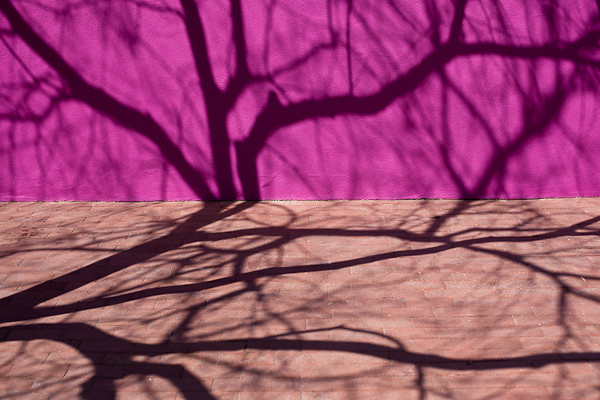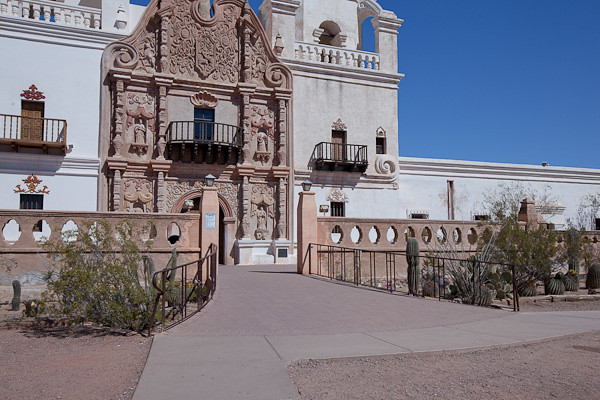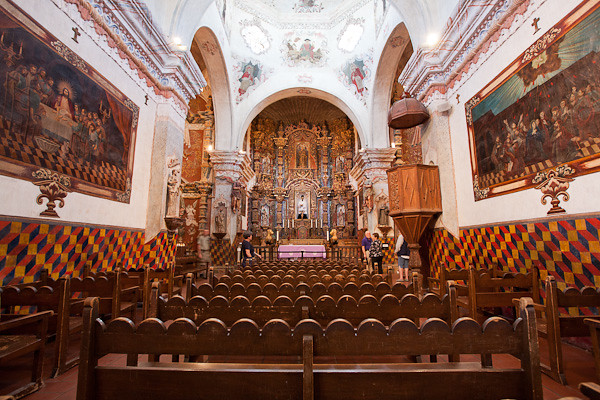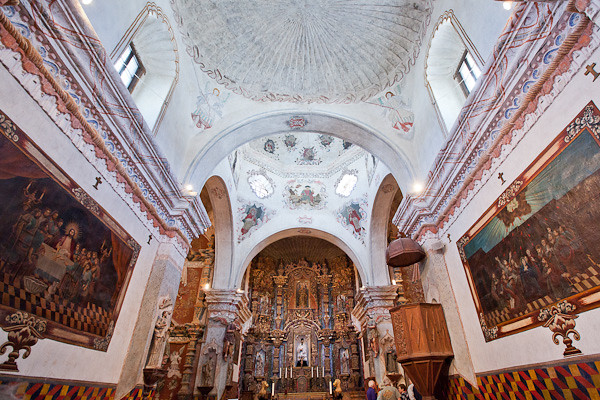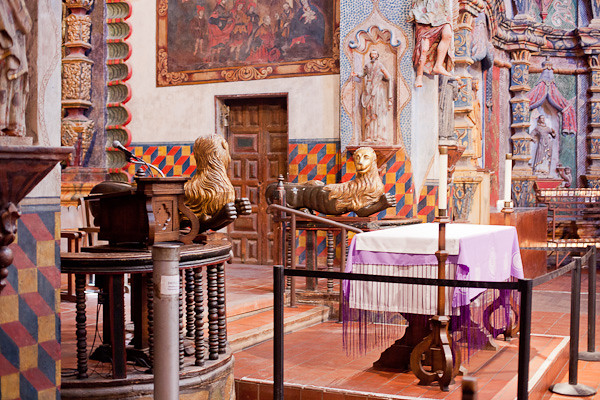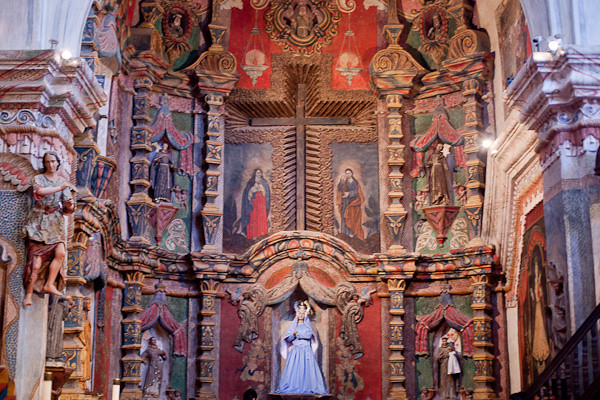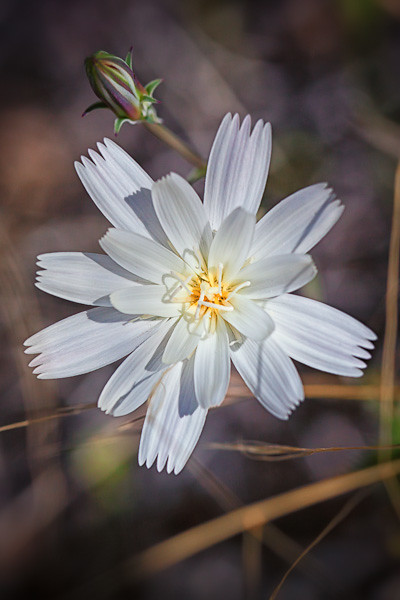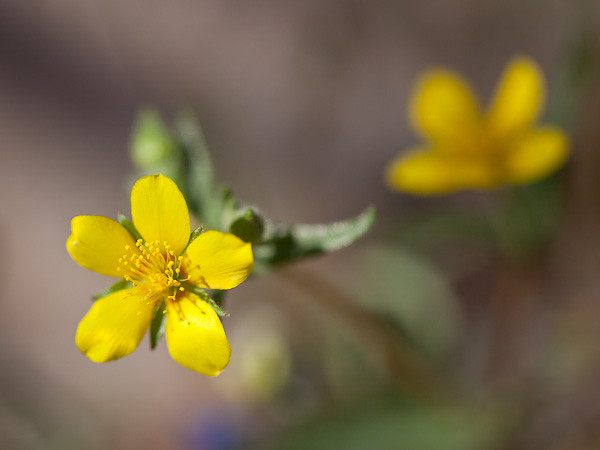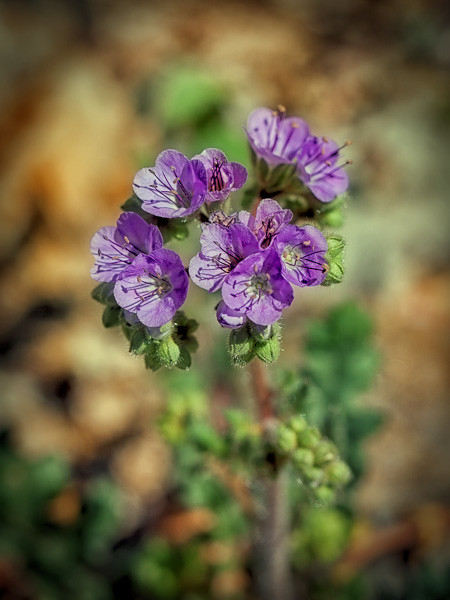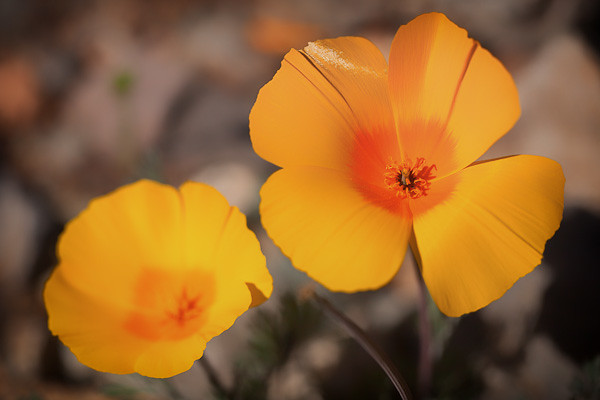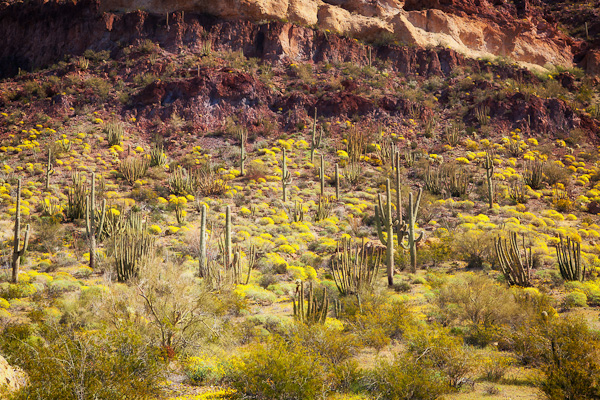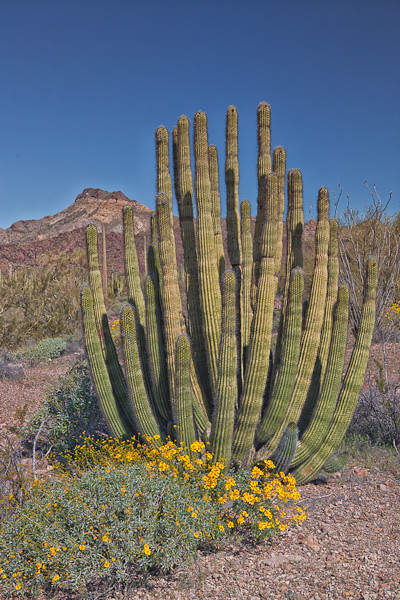I have been following a photographer, Kat Sloma, whose photos and words speak to me in a kindred sort of way, even though we do not know each other, have never met, have not connected in the blogging world way of comments passing back and forth. And yet, I have felt a connection for many months. Then I read Kat’s words a few weeks ago, and was struck by many commonalities.
I’ll quote her words, a summation of things I also have been thinking about.
“…this theme of connection keeps coming up. I want to extend the connection I find through Find Your Eye [an online course Kat teaches which I have only read about] to everyone, so I’ve brainstormed this new idea for a monthly blog series:The Photo-Heart Connection.
The idea: At the end of each month, review the images you worked with in that month for the one that gives you the strongest connection to your heart and soul. Write about that connection to the image in a blog post or in a photo description on Flickr, then link into the monthly link up. You can get to know the other photographers seeking the same connection, by visiting the links and reading their experiences. We will find our kindred spirits.” ~ Kat of Kat Eye Studio
—————
Intending to do this, I went through only my Flickr photographs thinking that I would more likely sort through a hundred edited photos compared to a thousand in un-edited form. Since I was in the Southwest all of February, living on the fringe of the Sonoran Desert, I thought naturally I would pick one of my desert photos. After all, one of the reasons I am in Tucson is because I feel a deep connection to the desert. But as I watched the slideshow of my February photos, one kept catching my eye.
Yep, the shadow photo above. I t was taken in a tree-lined courtyard of the Tucson Museum of Art. I had gone to see a photo exhibit of Nickolas Muray, the personal photographer (and sometimes lover) of artist Frida Kahlo. There was no personal photography allowed in the museum exhibit itself, but I found myself taking copious notes as I studied each photograph.
Then I wandered outside, through the courtyards of the museum, and began photographing the museum grounds and the nearby historic Presidio of Tucson.
This is the photo I chose to represent “the strongest connection to [my] heart and soul”. Part of my choice was influenced by the strong colors, the strong lines, the balance of top and bottom (something I seldom do). But I think the decision-maker was the composition of the tree and its branches. The shadows head off in unexpected directions.
Just where is the tree? And why is there an uneven continuity when the shadow on the pavement meets the shadow on the wall? Does the photo represent a tangled mess or a continuity? What is the relationship of nature (or nature’s shadow) and the man-made wall and walking surface?
I chose this photo as my photo of February because of all the questions it asks me. And because of the challenge it gives me to answer those questions.
—————–
Bo Mackison is a photographer and owner of Seeded Earth Studio LLC, living and photographing in southern Arizona. She is quite enthralled with the idea of choosing one photo each month as her heart-photo connection. Everyone is welcome to participate, per Kat’s website info, so check out the project if it appeals to you.
